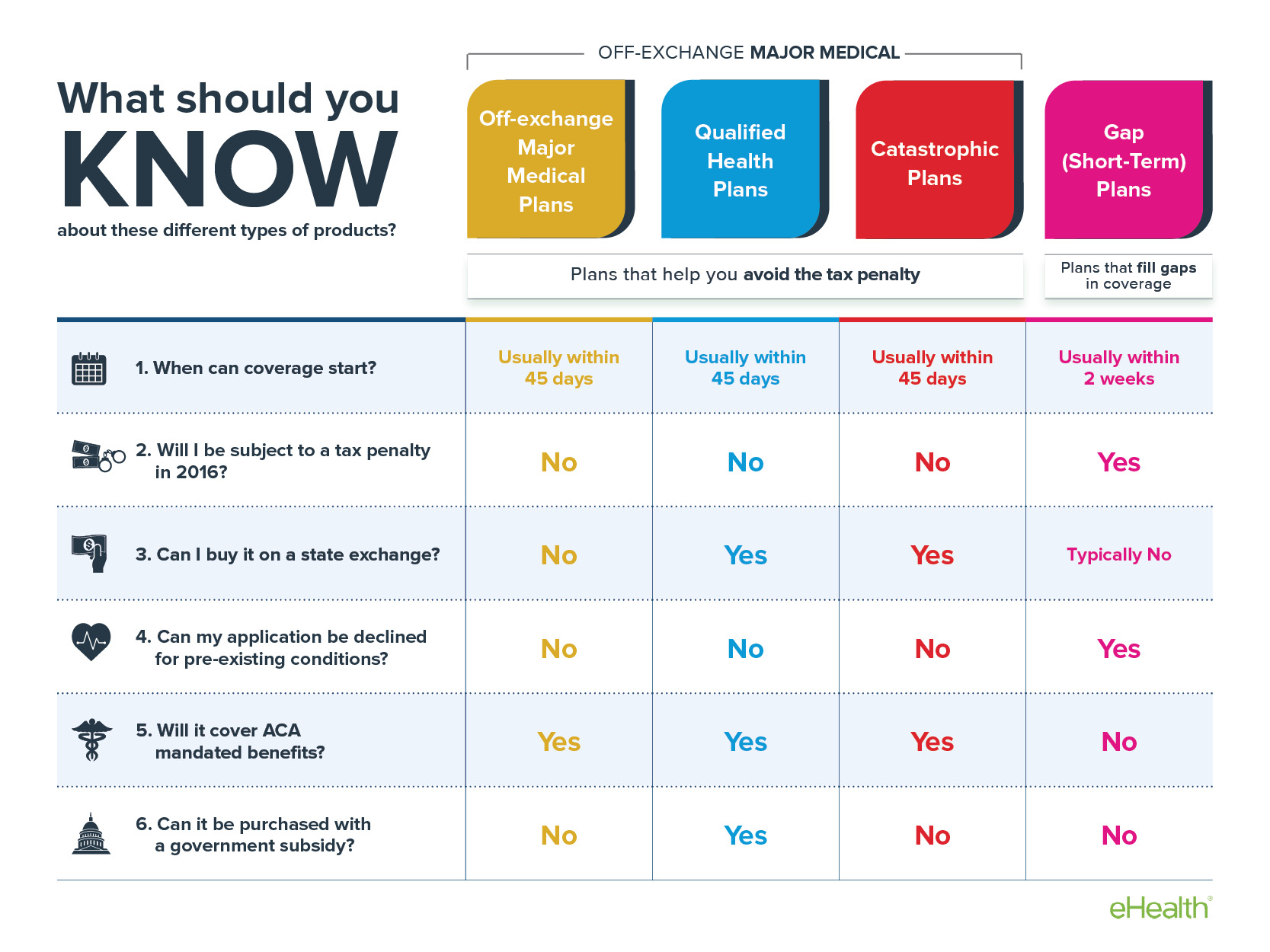An estimated 155 million individuals under the age 65 were covered under medical insurance prepares supplied by their employers in 2016. The Congressional Budget Plan Office (CBO) approximated that the medical insurance premium for single coverage would be $6,400 and family coverage would be $15,500 in 2016. The annual rate of boost in premiums has usually slowed after 2000, as part of the trend of lower yearly healthcare expense increases.
This subsidy encourages individuals to buy more extensive protection (which positions upward pressure on average premiums), while also motivating more young, healthy individuals to enroll (which places down pressure on premium rates). CBO approximates the net impact is to increase premiums 10-15% over an un-subsidized level. The Kaiser Family Structure approximated that family insurance coverage premiums averaged $18,142 in 2016, up 3% from 2015, with workers paying $5,277 towards that expense and companies covering the remainder.
The President's Council of Economic Advisors (CEA) described how yearly boost have actually fallen in the employer market because 2000. Premiums for family protection grew 5.6% from 2000-2010, however 3.1% from 2010-2016. The overall premium plus approximated out-of-pocket expenses (i.e., deductibles and co-payments) increased 5.1% from 2000-2010 but 2.4% from 2010-2016.

The law is designed to pay subsidies in the type of exceptional tax credits to the individuals or families buying the insurance coverage, based upon income levels. Greater income consumers get lower subsidies. While pre-subsidy prices rose considerably from 2016 to 2017, so did the subsidies, to lower the after-subsidy cost to the consumer. when does senate vote on health care bill.
Nevertheless, some or all of these costs are balanced out by subsidies, paid as tax credits. For example, the Kaiser Structure reported that for the second-lowest expense "Silver strategy" (a plan often selected and utilized as the benchmark for figuring out financial support), a 40-year old non-smoker making $30,000 each year would pay effectively the very same amount in 2017 as they did in 2016 (about $208/month) after the subsidy/tax credit, despite large increases in the pre-subsidy rate.

How To Start A Home Health Care Agency Can Be Fun For Anyone
To put it simply, the aids increased together with the pre-subsidy price, totally offsetting the rate increases. This premium tax credit subsidy is different from the expense sharing reductions aid discontinued in 2017 by President Donald https://www.openlearning.com/u/rosalee-qbia7v/blog/NotKnownDetailsAboutIdentifyTheReasonsWhyDoctorsWieldPowerInTodayaeusHealthCareSystem/ Trump, an action which raised premiums in the ACA markets by an approximated 20 portion points above what otherwise would have taken place, for the 2018 strategy year.
In addition, many workers are picking to combine a health cost savings account with greater deductible strategies, making the impact of the ACA challenging to determine exactly. For those who obtain their insurance coverage through their company (" group market"), a 2016 study discovered that: Deductibles grew by 63% from 2011 to 2016, while premiums increased 19% and worker earnings grew by 11%.
For firms with less than 200 workers, the deductible averaged $2,069. The portion of workers with a deductible of a minimum of $1,000 grew from 10% in 2006 to 51% in 2016. The 2016 figure drops to 38% after taking company contributions into account. For the "non-group" market, of which two-thirds are covered by the ACA exchanges, a study of 2015 data discovered that: 49% had individual deductibles of at least $1,500 ($ 3,000 for household), up from 36% in 2014.
While about 75% of enrollees were "very satisfied" or "rather satisfied" with their choice of medical professionals and hospitals, only 50% had such satisfaction with their yearly deductible. While 52% of those covered by the ACA exchanges felt "well secured" by their insurance, in the group market 63% felt that way.
prescription drug costs in 2015 was $1,162 per individual on average, versus $807 for Canada, $766 for Germany, $668 for France, and $497 for the UK. The factors for greater U.S. healthcare expenses relative to other nations and gradually are debated by professionals. Bar chart comparing healthcare costs as percentage of GDP throughout OECD nations Chart revealing life span at birth and health care costs per capita for OECD countries since 2013.
The Ultimate Guide To What Is Preventive Health Care
is an outlier, with much higher spending but second-rate life span. U.S. healthcare expenses in 2015 were 16.9% GDP according to the OECD, over 5% GDP greater than the next most expensive OECD country. With U.S. GDP of $19 trillion, health care expenses had to do with $3.2 trillion, or about $10,000 per individual in a country of 320 million individuals.
To put it simply, the U.S. would have to cut health care expenses by roughly one-third ($ 1 trillion or $3,000 per individual typically) to be competitive with the next most expensive nation. Healthcare costs in the U.S. was distributed as follows in 2014: Healthcare facility care 32%; physician and clinical services 20%; prescription drugs 10%; and all other, consisting of numerous classifications separately making up less than 5% of spending.
Crucial distinctions include: Administrative costs. About 25% of U.S. health care costs connect to administrative costs (e.g., billing and payment, instead of direct provision of services, products and medication) versus 10-15% in other nations. For example, Duke University Health center had 900 health center beds however 1,300 billing clerks. Assuming $3.2 trillion is invested in health care each year, a 10% savings would be $320 billion annually and a 15% savings would be nearly $500 billion each year.
A 2009 research study from Cost Waterhouse Coopers estimated $210 billion in savings from unneeded billing and administrative expenses, a figure that would be considerably greater in 2015 dollars. Cost variation throughout medical facility areas. Harvard economic expert David Cutler reported in 2013 that approximately 33% of healthcare spending, or about $1 trillion per year, is not connected with improved results.
In 2012, average Medicare reimbursements per enrollee varied from a changed (for health status, income, and ethnic background) $6,724 in the most affordable costs area to $13,596 in the highest. The U.S. invests more than other countries for the very same things. Drugs are more pricey, doctors are paid more, and suppliers charge more for medical devices than other nations.
Which Of The Following Is Not A Result Of The Commodification Of Health Care? Can Be Fun For Anyone
spending on doctors per individual is about five times greater than peer countries, $1,600 versus $310, as much as 37% of the space with other nations. This was driven by a higher use of expert medical professionals, who charge 3-6 times more in the U.S. than in peer nations. Greater level of per-capita income, which is associated with higher healthcare spending in the U.S.
Hixon reported a study by Princeton Teacher Uwe Reinhardt that concluded about $1,200 per person (in 2008 dollars) or about a third of the space with peer nations in healthcare spending was because of higher levels of per-capita income. Higher income per-capita is associated with utilizing more systems of health care.
The U.S. takes in 3 times as many mammograms, 2.5 x the variety of MRI scans, and 31% more C-sections per-capita than peer countries. This is a blend of higher per-capita earnings and higher use of specialists, amongst other factors. The U.S. federal government intervenes less actively to require down costs in the United States than in other countries.